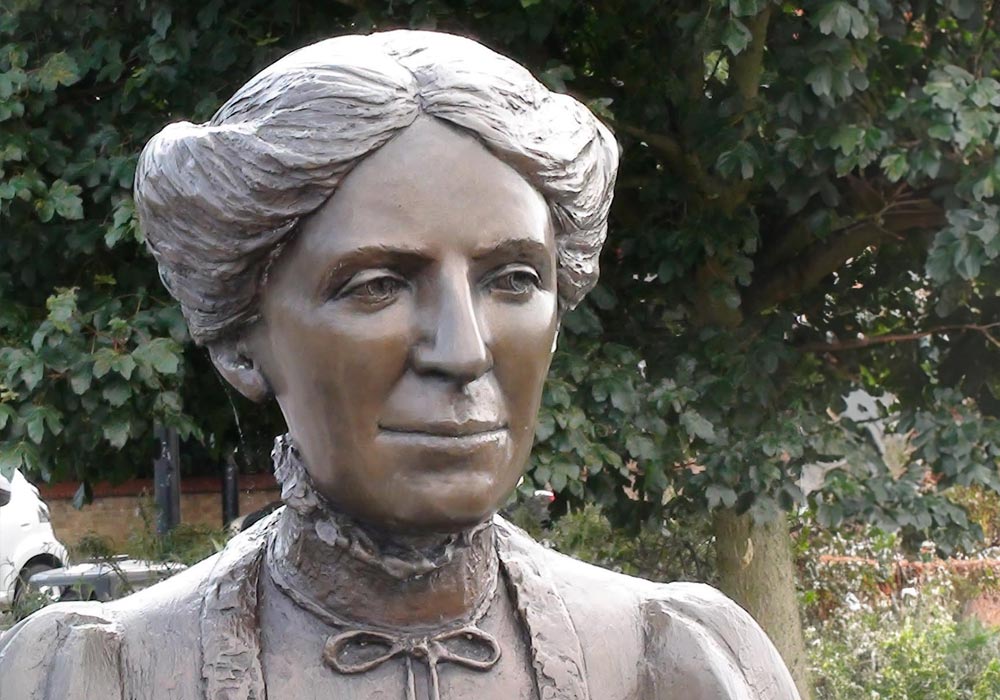Ada Salter

Ada moved to London to work in the slums of St Pancras with the Sisters of The People before transferring to the Bermondsey Settlement, where her ability to connect with troubled young girls set her apart from other volunteers. Initially a Liberal Party member, she later joined the Women’s Labour League, becoming its president in 1914, with a lifelong focus on improving conditions in Bermondsey. She championed slum demolition, green spaces, and decent housing, driven by her belief in the transformative power of beauty and nature.
Ada married Alfred, a doctor whom she influenced to serve the poor, but their lives were marked by tragedy when their only child, Joyce, died at age eight. Ada channelled her grief into activism, serving as an Independent Labour Party councillor, Mayor of Bermondsey, and a London County Council member. She led significant strikes for workers’ rights, set up food banks during crises, and advocated for peace during WW1 through the Women’s International League for Peace and Freedom.
Ada remained active until her death in 1942, aged 76, after her home was destroyed in the Blitz. Her legacy was honoured with services at a Quaker Meeting House and St James Church in Bermondsey.
Image Credit: Ada Salter, London Remembers, LondonRemembers.com
